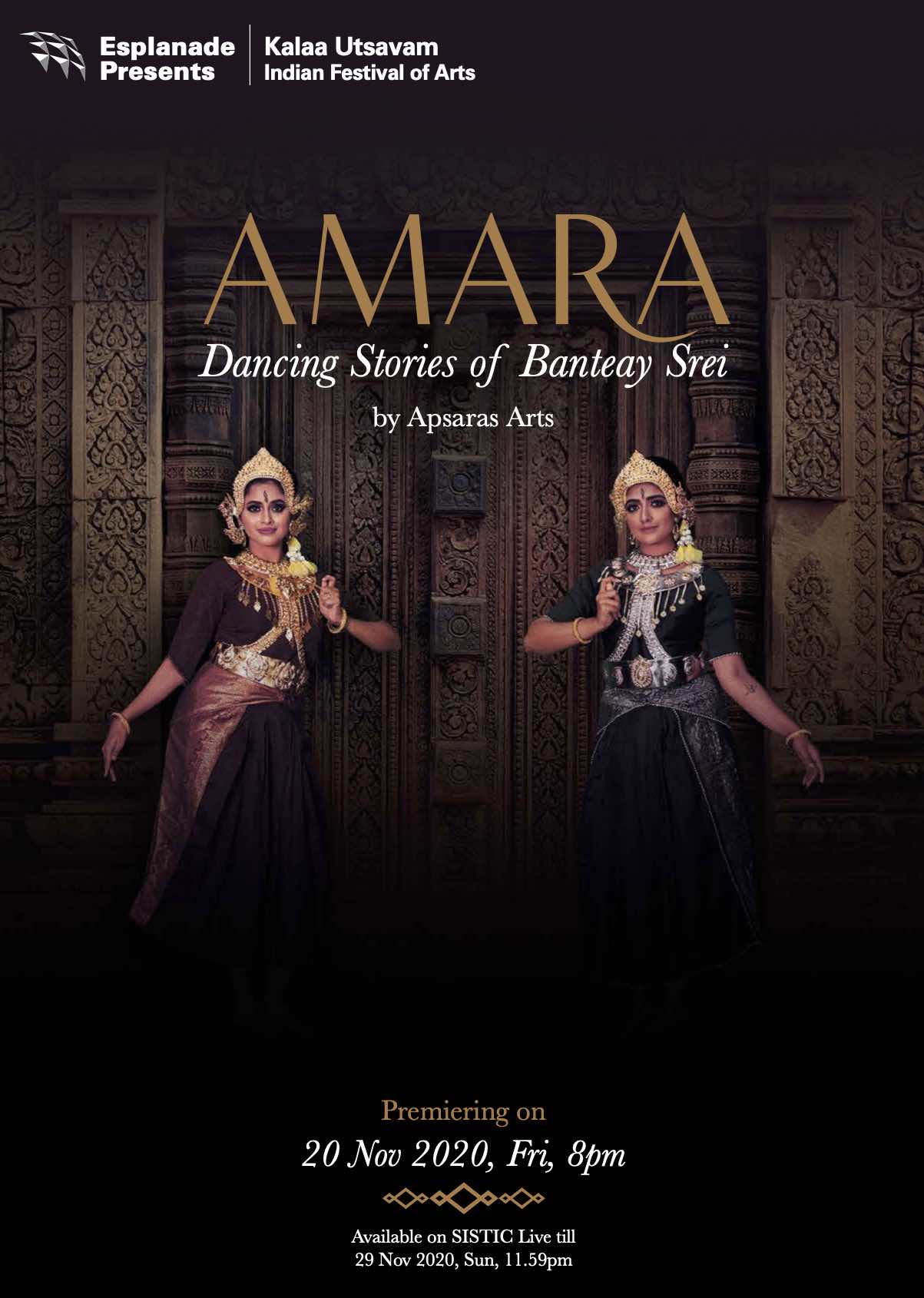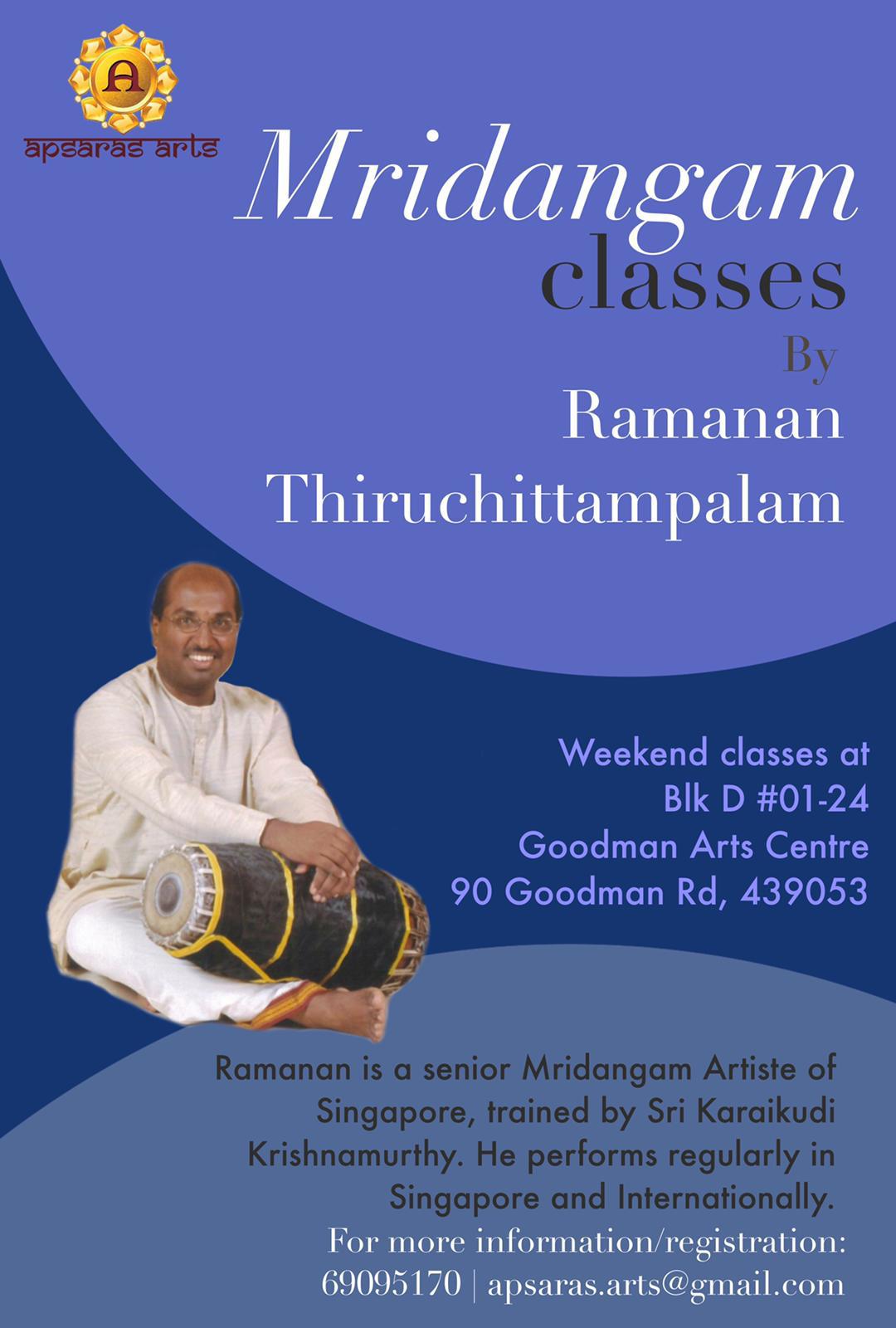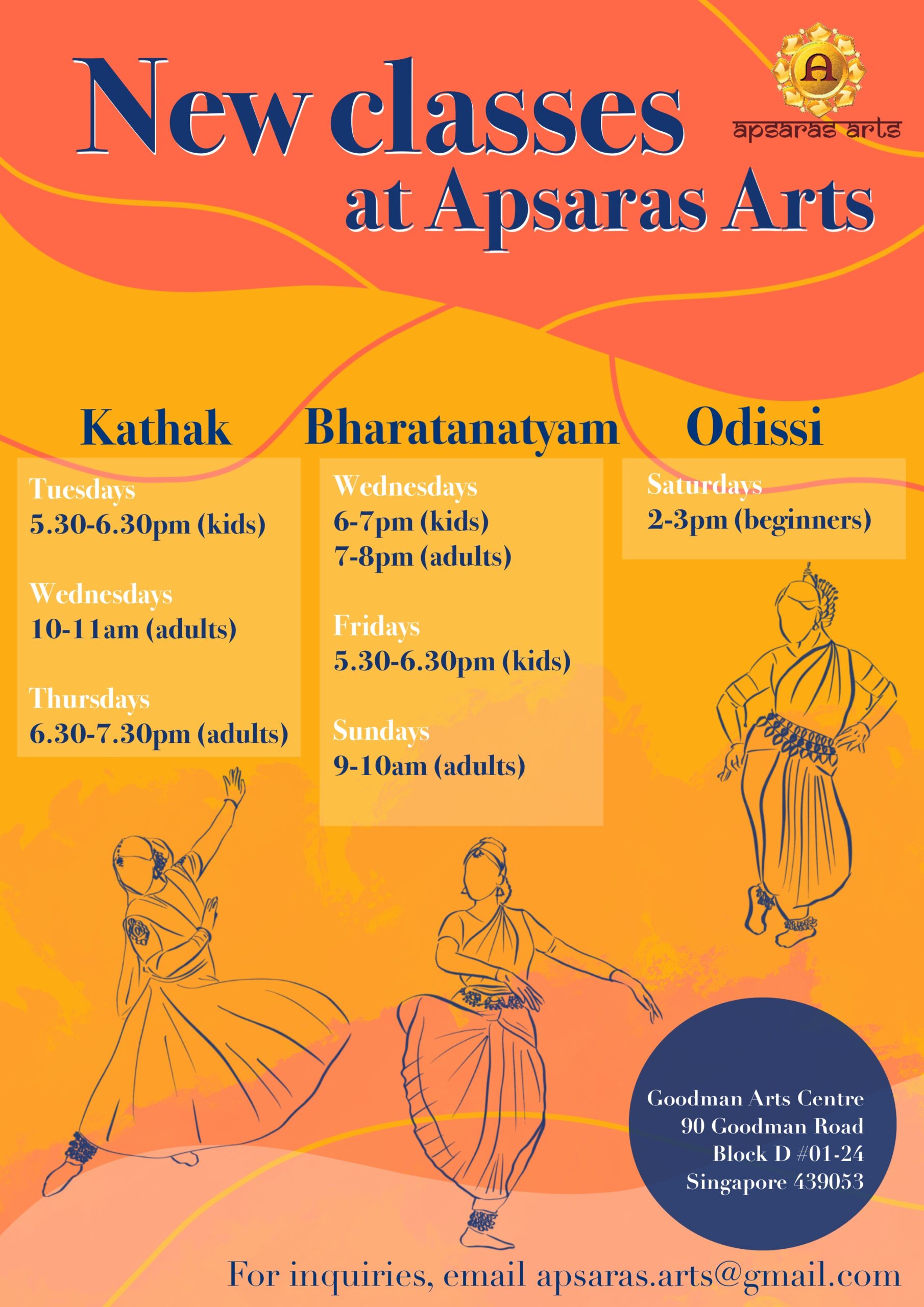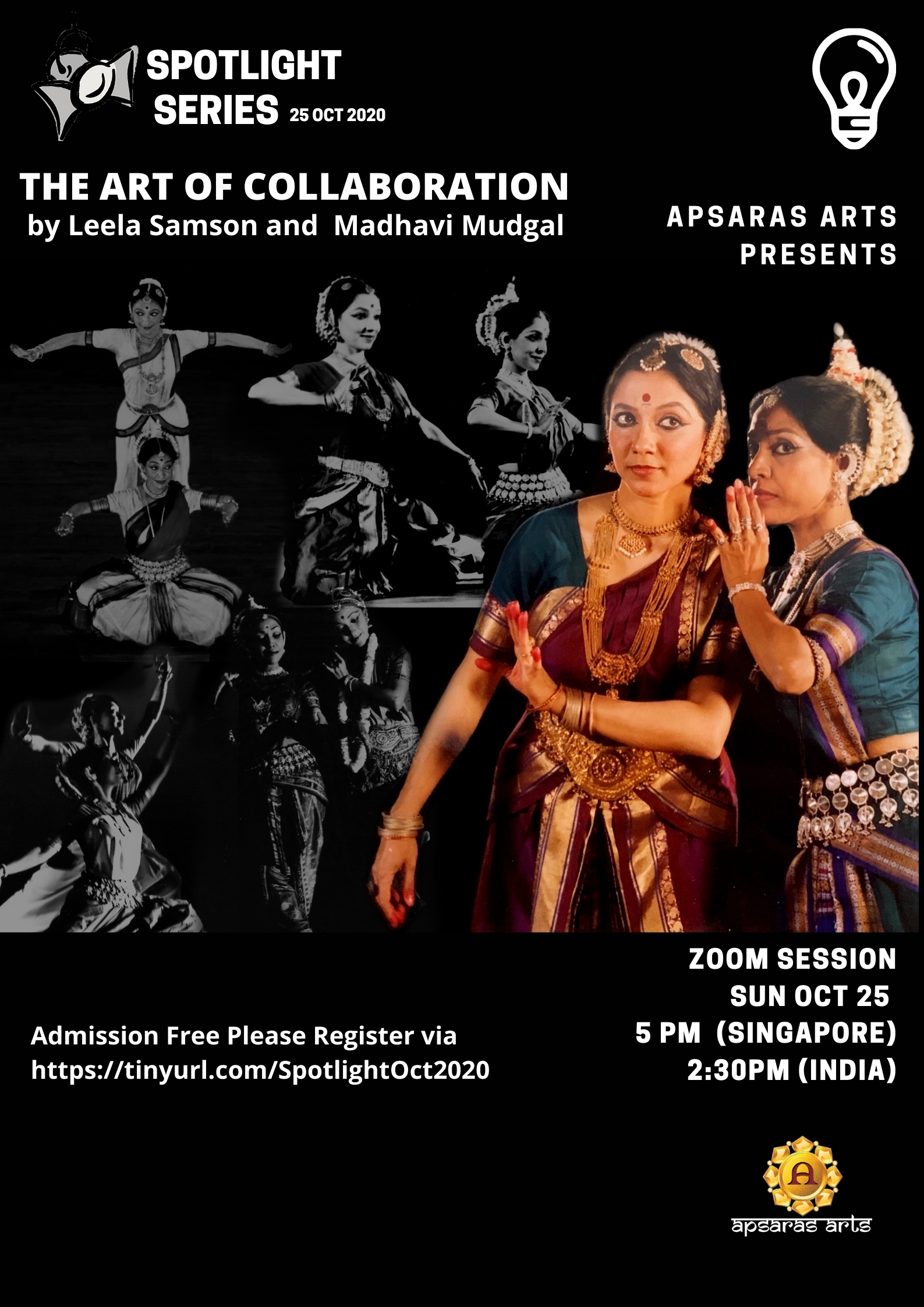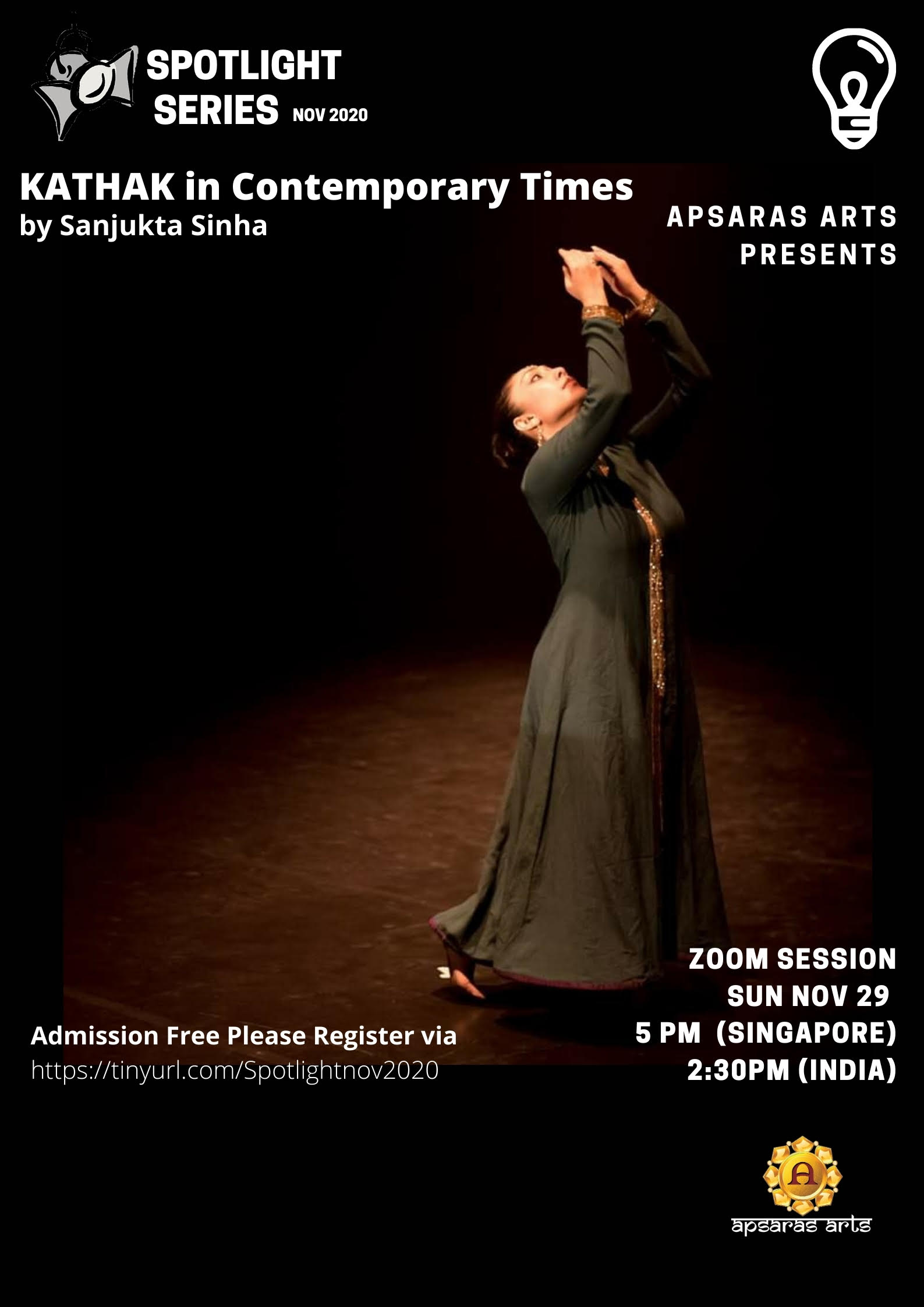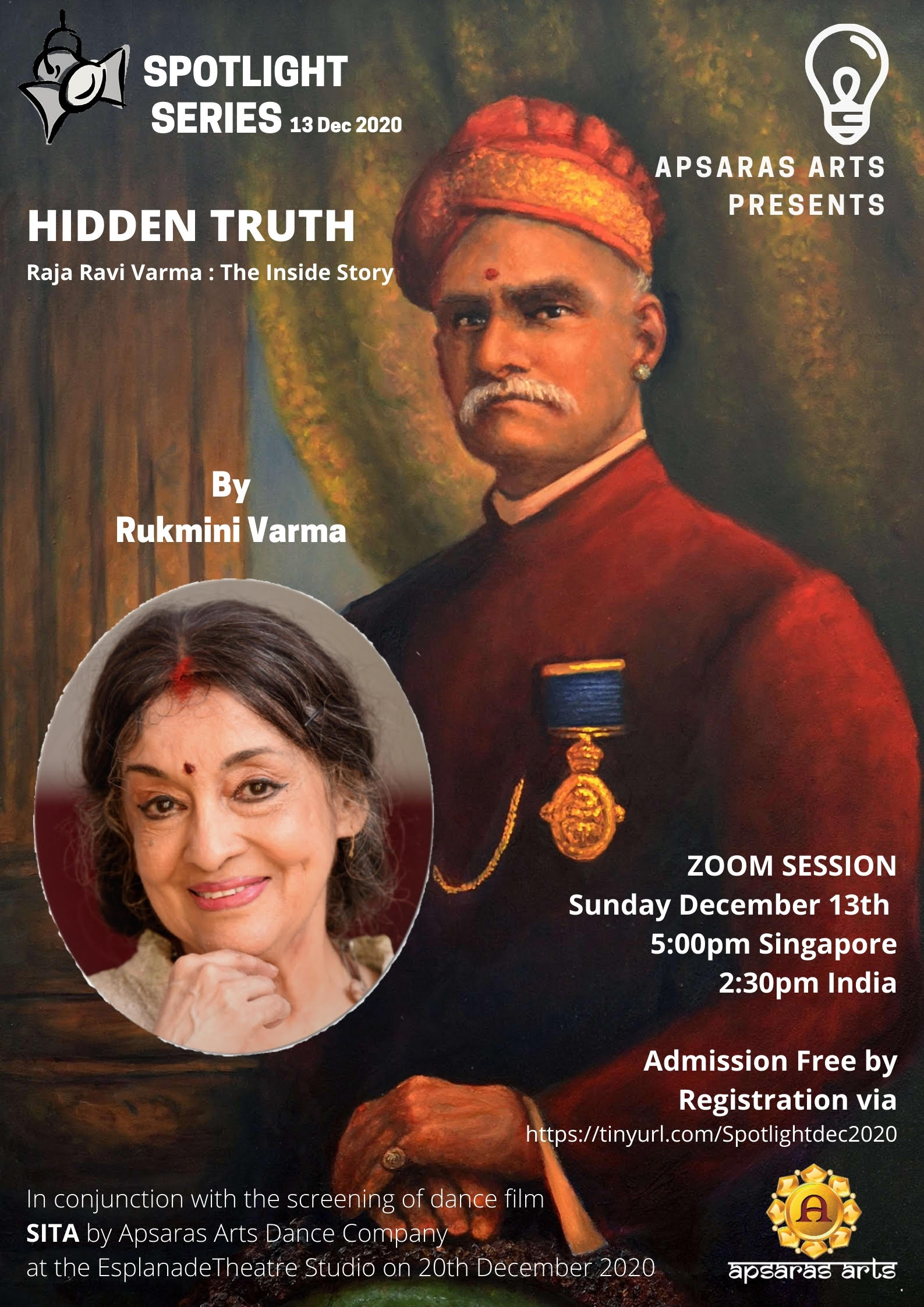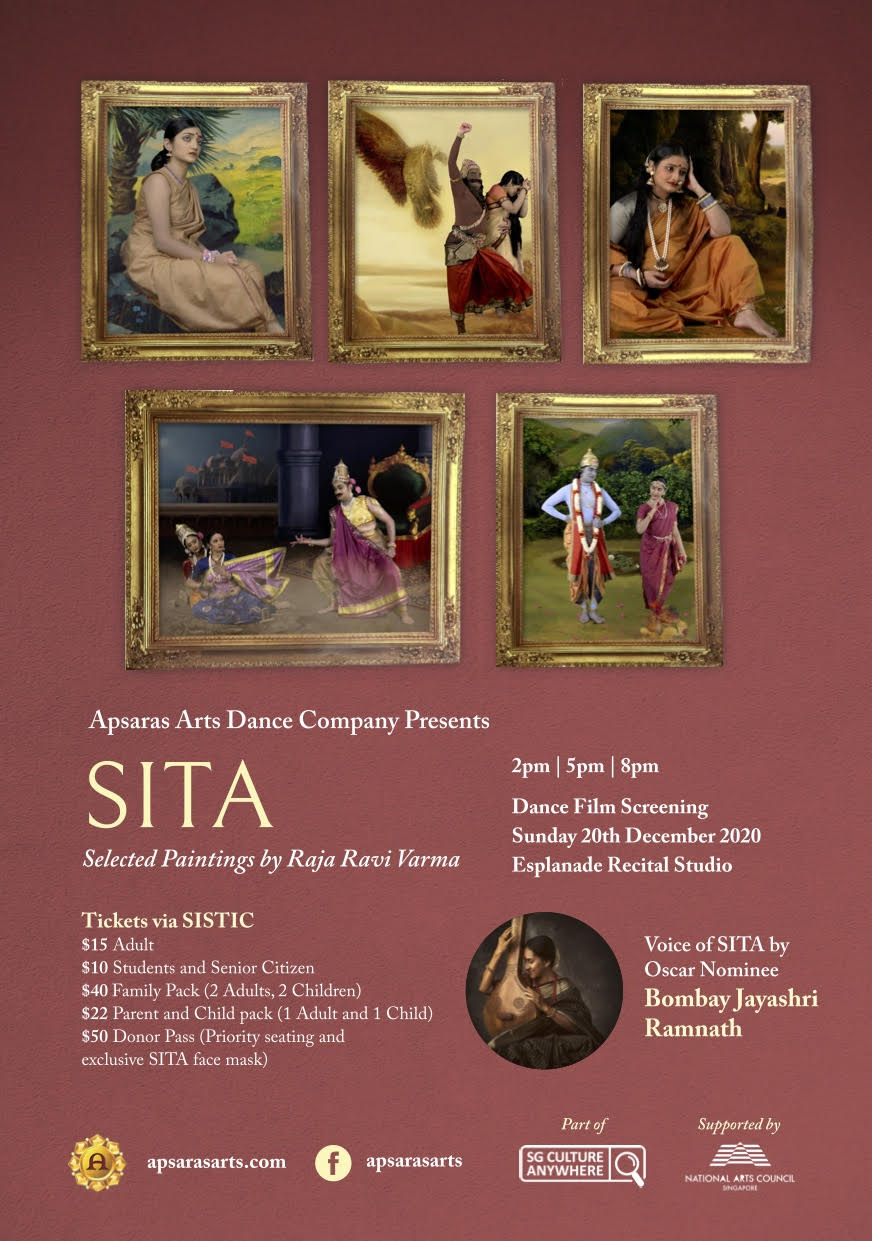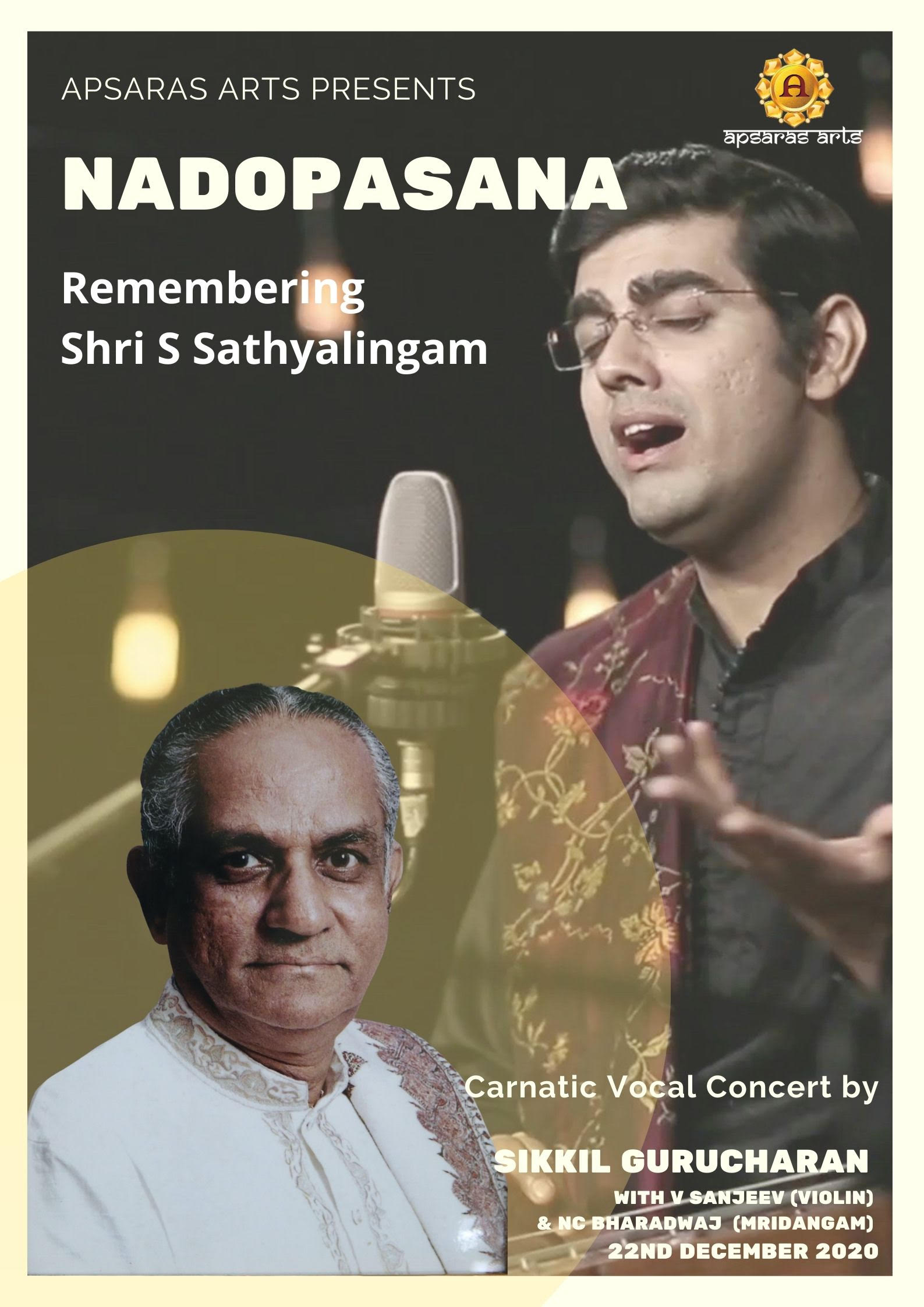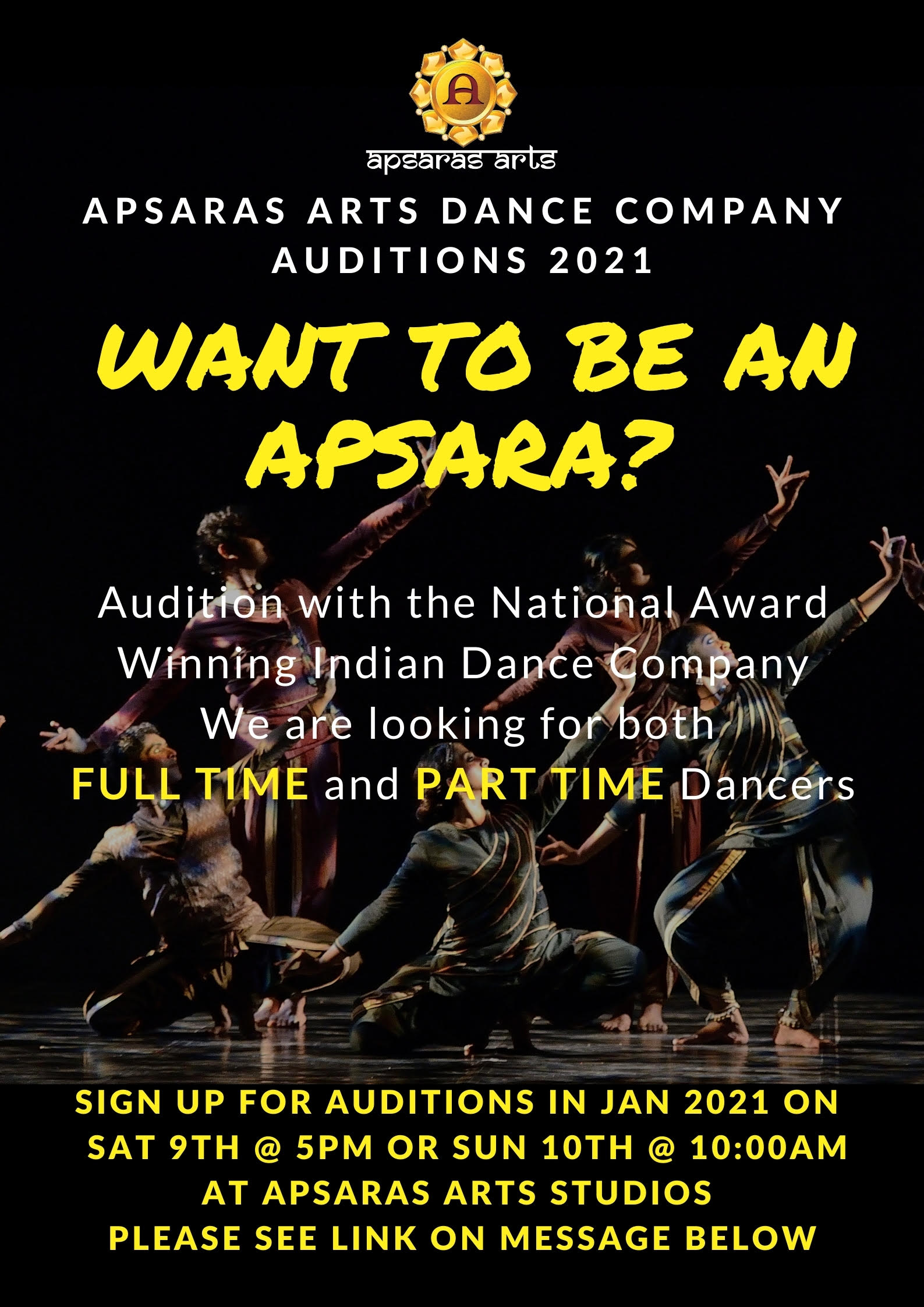Cover Story
Dance of the Camera
What happens when dance is on film? Do things shift for the artiste and choreographer when they are being seen through the camera’s eye? How do they negotiate this medium to create a work-of-art that is authentic to the dance and to cinema? Three senior Bharatanatyam artitses – Aravinth Kumarasamy, Priyadarsini Govind and Rama Vaidyanathan, reflect upon their dance on film projects and share insights… Read on
Rama Vaidyanathan
Bharatanatyam Exponent
What was the premise of your dance on film, Sannidhanam?
Sannidhanam found its birth during the lockdown years; all stage concerts were cancelled. Six of my students were in Delhi cooped up in a hostel. I wanted to engage them meaningfully and also wanted to do something interesting that would make the best use of the situation that we were in. So, when Jai Govinda, dancer-choreographer-curator based in Canada, asked me to present a new work for his online festival, I decided to work on an ensemble production that catered specifically to the camera.
What were the significant shifts that you had to make in terms of your dance and the way you imagined dance on screen? Could you share a few examples?
The most important thing was the content of the performance, it had to be something which the camera could enhance. I decided to do something on the concept of sacred geometry – the triangle, square and circle – which could be shown dramatically through the camera. Ideally, I would not have chosen this for a proscenium stage.
Do you think dance on film has the potential in reaching larger audiences or do you think dance on film was more an intermittent solution to a world that had come to a stand-still where dance did not find expression in the proscenium format.
I think dance on film began as a solution to the absence of stage concerts during the pandemic. But in the process, dancers have gone on to realise its potential and have started experimenting with the medium. The possibilities of exploring it artistically as well as the avenues it created for newer and larger audiences was quite overwhelming. I think it has definitely added one more dimension to showcasing dance and is here to stay.
What were some of your key learnings by virtue of creating and being part of this dance-on-film?
I learnt a lot about camera angles, editing and engaging special lights for the camera. Learning about a different perspective to dance was interesting as well as challenging.
———————Priyadarsini Govind
Bharatanatyam Artiste
What was the premise of your dance on film, Yavanika?
The purpose was to showcase the compositions through the medium of camera.
For all of us as artistes, filmmakers and dancers, the potential of movement and especially this kind of trained movements, the variety of our compositions and the depth of abhinaya has to be documented and filmed on for posterity.
Dance on film has incredible potential. To me, this is just the beginning.
What were the significant shifts that you had to make in terms of your dance and the way you imagined dance on screen? Could you share a few examples?
The important thing that I kept in mind was that the production was not seen by an audience seated in front of a proscenium stage.The eye of the camera could travel anywhere. It could take you and direct your gaze to where you want for the audience to see.
It could be a small movement of the hand or a formation or the angle at which you want the audience to see the formation or just the pace of the movement of the camera or the details that the camera notes. That was really exciting.
Do you think dance on film has the potential in reaching larger audiences or do you think dance on film was more an intermittent solution to a world that had come to a stand-still where dance did not find expression in the proscenium format.
I think it has incredible potential and is definitely not a stop-gap solution. What triggered the production was not just documentation. Rather, the camera was another element or a collaborator in the project. That was extremely important.
The camera was doing the work of both the dancer and the audience. It was directing the gaze of the audience and registering the movement in a creative and aesthetic way.
What were some of your key learnings by virtue of creating and being part of this dance on film?
I think the entire working process was a huge learning for me. Our director, Sruti Harihara Subramanian would come in everyday and for the last ten days, Viraj Sinh Gohil the cinematographer and Sruti’s assistant Shiva Krish, the Associate Director would also be there to watch our rehearsals. So the involvement of the director and entire team was 100%.
We would demonstrate and Sruti would question and I would do the required changes. Sruti had to divide the shoots, put them on paper, as we were shooting seven compositions in two days and that was not a joke. So everything had to be done like a script to the last detail. I made changes that came out of our discussion till the last four or five days.
When you know you are not dancing to the audience but rather to the camera, your mindset also shifts. The possibilities of the formations, what one would want to emphasize on, everything opens up. Right from the start, we were in tune with the idea that this was a dance on film and not a presentation seen on stage.
—————–Aravinth Kumaraswamy
Artistic Director, Apsaras Arts, Singapore
What was the premise of your dance on films? How different were the two from each other?
Both these films, Sita and Amara were filmed as CGI films in green screen studios. I believe they were the very first such CGI films featuring Bharatanatyam performance when they were made in 2020.
SITA brings to life, selected paintings of the Ramayana heroine, Sita as painted by Raja Ravi Varma. As a result, the paintings become the setting against which the dancers perfrom the characters including Sita, Rama, Ravana, et al.
AMARA brings to life the epics carved on the bas-reliefs on the walls of the beautiful Khmer monument, Banteay Srei in Cambodia. Here, CGI technology was used to create a digital set of the monument, its walls, domes, towers, doors and passageways, in which the dancers performed.
What were the significant shifts that you had to make in terms of your dance and the way you imagined dance on screen? Could you share a few examples?
The significant shift was to perform to different camera angles, repeating each sequence inside a virtual set. A green studio has its walls, floor and ceiling all in green. Hence the sense of direction is all imaginary and virtual, which makes it harder for the dancers, giving them an additional layer of challenge.
Do you think dance on film has the potential in reaching larger audiences or do you think dance on film was more an intermittent solution to a world that had come to a stand-still where dance did not find expression in the proscenium format.
Given that the world learned to consume and appreciate art on the digital medium during the pandemic, we have built new audiences and transformed some of the traditional audiences. However, the expectations of digital audiences is to look out for new content specifically produced for digital media, and not be offered recycled videos of earlier stage performances.
As such when we conceived fresh content using digital technology with CGI, both Sita and Amara were well-received. We believe a new market opportunity is here to capture, grow and stay.
What were some of your key learnings by virtue of creating and being part of this dance on film?
All elements of the work including choreography for camera, costume design for digital media, sound quality of music are key for digital dance-on-film. Most importantly, the concept has to be for film media, which is very different from stage performances.
The film director who envisions and directs the camera crew and oversees the post-production is as important as the choreographer. All elements of the work need to be produced for the medium on which it is produced and consumed.
Cover story
COVER STORY Three costume designers Lakshmi Srinath, Sandhya Raman and Mohanapriyan Thavarajah from Chennai, Delhi and Singapore respectively, share their process, insights and views on designing and creating costume for dance and dancers Lakshmi Srinath “My interest in costume grew organically as a result of my passion and career as a visual artist” “My interest ... Read more
Aug 18, 2023
Read More >Cover story
COVER STORY Into the Music of Dance Our Cover story this edition features three musicians and music composers for dance from India, who share their experiences of making music for dance SUDHA RAGHURAMAN Carnatic Vocalist, Composer and Music Arranger What is that characteristic aspect that differentiates composing music for dance and composing music in general? ... Read more
Jun 1, 2023
Read More >Cover story
COVER STORY Master Weaver of Magic Raising a toast to Aravinth Kumarasamy, Artistic Director of Apsaras Arts, as he receives one of the most prestigious accolades for arts practitioners in Singapore – the Cultural Medallion… In the first week of December, Apsaras Arts Artistic Director Aravinth Kumarasamy, the man who needs no introduction to the ... Read more
Feb 16, 2023
Read More >Cover story
COVER STORY Privilege, possibilities and experiences… We reached out to six Bharatanatyam male artistes from across the globe and asked them a common set of questions to feel enriched with a plethora of ideas and insights on inclusivity, gender-neutrality, exploration and experimentation, research and expression and about the beauty of art and how it enables ... Read more
Aug 29, 2022
Read More >Cover story
COVER STORY Let’s Talk Conservation Two young and talented Bharatanatyam artistes, Mahathi Kannan and Manasvini Ramachandran, share their interest, journey in working with the tangible and intangible in the arts… An interview Qus : What has been your fascination with the idea of heritage? When did you know that you wanted to study it formally ... Read more
Jun 24, 2022
Read More >Vision for Dance 2022
Vision for Dance 2022 A straight-from-the-heart response from dancers and curators on their vision for dance Rama Vaidyanathan Bharatanatyam exponent “My vision for dance this year is to bring it back to stage; in front of a live audience. I am also hoping that when dance returns full-fledged to stage, it is enriched and nuanced, ... Read more
Mar 8, 2022
Read More >National Award for Apsaras Arts Dance Company
Presented by National Heritage Board of Singapore on 10th December 2020 Acceptance speech by Aravinth Kumarasamy, Artistic Director of Apsaras Arts Dance Company. “Dear Guest of Honour, Minister of Culture, Community and Youth, Mr. Edwin Tong, Ms. Yeoh Chee Yan, Chairman of NHB, and Ms. Chang Hwee Nee, CEO of NHB. Good afternoon. Receiving this ... Read more
Dec 30, 2020
Read More >AMARA – Making the Impossible Possible
Special Feature by Mohanapriyan Thavarajah “From the forest of his matted locks, water flows and wets his neck, on which hangs the divine snake like a garland, and his drum incessantly plays damat, damat, damat, damat.” Thus, Shiva is engaged in a very vigorous Tandava dance, to bless and shower, prosperity on the entire universe. ... Read more
Nov 17, 2020
Read More >Dancing the Stories of Banteay Srei
AMARA: Dancing the Stories of Banteay Srei Inspired by the legends and the stories carved in its bas reliefs of the enchanting temple of Banteay Srei, this dance production brings to life the female divine Yoginis of the temple, which was once called the “citadel for women.” Apsaras Arts Dance Company is proud to present ... Read more
Oct 21, 2020
Read More >Odissi Dance Exchange: ODE by ETHOS
Over the months of May to July, Soumee De, Odissi faculty of Apsaras Arts, curated a series of webcast session for dance students, performers and teachers by inviting scholars, researchers and experts to share their practice, knowledge and experiences over an interactive dialogue. Over 10 episodes on Friday evenings, this series featured eminent speakers on ... Read more
Jul 20, 2020
Read More >Subscribe to our newsletter
to keep up to date with all our shows, performance tours, workshops & opportunities.
Individual Devata Sponsors
Address: Block D #01-24 90 Goodman Road Singapore 439053 | Email: apsaras.arts@gmail.com
© 2018 Apsaras Arts Indian Premier Dance Company. All Rights Reserved.

































